Drum brakes, a staple in automotive engineering for decades, continue to play a vital role in vehicle safety and performance. While they may not be as commonly discussed as disc brakes, understanding when to replace drum brakes is crucial for ensuring your vehicle operates smoothly and safely. This comprehensive guide will walk you through the signs of wear, the replacement process, and the benefits of maintaining your drum brake system.
- Understanding Drum Brakes
- Signs Your Drum Brakes Need Replacement
- How Often Should Drum Brakes Be Replaced?
- The Replacement Process
- Benefits of Regular Maintenance
- Choosing the Right Time for Drum Brake Replacement
- Factors Affecting Drum Brake Lifespan
- Common Misconceptions About Drum Brakes
- DIY vs. Professional Replacement
- Maintaining Your Drum Brake System
Understanding Drum Brakes
Before we dive into the signs that indicate it’s time for a replacement, let’s briefly explore how drum brakes work. Unlike disc brakes, which use calipers to squeeze brake pads against a disc, drum brakes utilize friction to press brake shoes against the inner surface of a rotating drum. This system is often found on the rear wheels of many vehicles due to its simplicity and cost-effectiveness.
Signs Your Drum Brakes Need Replacement
Identifying when drum brakes need replacement can save you from potential accidents and costly repairs down the road. Here are some key signs to watch out for:
- Decreased Performance: If your vehicle takes longer to stop or if you feel a lack of responsiveness when applying the brakes, it’s time for a check-up.
- Unusual Noises: Squeaking, grinding, or clicking sounds when braking can indicate worn-out brake shoes or damaged drum components.
- Vibrations: If you experience vibrations or pulsations in the brake pedal, this could be a sign of warped drums or uneven wear.
- Warning Lights: Many modern vehicles are equipped with brake warning lights on the dashboard. If this light illuminates, don’t ignore it.
- Visual Inspection: If you notice cracks, grooves, or significant scoring on the drum surface, it’s essential to have them inspected or replaced.
How Often Should Drum Brakes Be Replaced?
The lifespan of drum brakes varies depending on driving habits, vehicle type, and maintenance practices. As a general rule of thumb, drum brakes should be inspected every 30,000 miles. However, some may last up to 70,000 miles or more with proper care. Always refer to your vehicle’s owner manual for specific recommendations.
The Replacement Process
If you’ve determined that your drum brakes need replacement, here’s a step-by-step guide to the replacement process:
- Gather Your Tools: You will need a lug wrench, jack, jack stands, a brake drum puller, and replacement brake shoes.
- Lift the Vehicle: Use the jack to lift the vehicle and secure it with jack stands for safety.
- Remove the Wheels: Take off the wheel to access the drum brakes.
- Inspect the Brake Components: Look for any additional wear on the springs and hardware. Replace these if necessary.
- Remove the Brake Drum: Depending on the vehicle, you may need to use a brake drum puller to remove it safely.
- Replace Brake Shoes: Install the new brake shoes, ensuring they are positioned correctly and secured with the appropriate hardware.
- Reassemble: Reattach the brake drum and wheel, lower the vehicle, and tighten the lug nuts.
- Test the Brakes: Before hitting the road, pump the brakes a few times to ensure they engage properly.
Benefits of Regular Maintenance
Regular inspection and maintenance of your drum brakes not only enhance safety but also improve your vehicle’s overall performance. Here are some benefits:
- Enhanced Safety: Reliable brakes are crucial for safe driving. Regular maintenance minimizes the risk of brake failure.
- Cost-Effectiveness: Addressing brake issues early can prevent more expensive repairs down the line.
- Improved Vehicle Performance: Well-maintained brakes contribute to smoother and more efficient driving experiences.
Understanding when to replace drum brakes is essential for every vehicle owner. By paying attention to the signs of wear, adhering to maintenance schedules, and knowing how to replace drum brakes, you can ensure not only your safety but also the longevity of your vehicle. Always consult a professional mechanic if you’re unsure about the condition of your brake system. After all, when it comes to brakes, it’s better to be safe than sorry.
Choosing the Right Time for Drum Brake Replacement
As a vehicle owner, knowing when to replace drum brakes is vital for maintaining not only your vehicle’s performance but also your safety on the road. Drum brakes can be somewhat less intuitive than their disc counterparts, leading to misunderstandings about their maintenance. Here, we will further delve into the factors influencing brake lifespan, common misconceptions, and how to make informed decisions regarding your drum brake system.
Factors Affecting Drum Brake Lifespan
Several factors can affect how long your drum brakes last. Understanding these can help you anticipate when replacements might be necessary:
- Driving Conditions: Frequent driving in hilly terrain or stop-and-go traffic can wear out brake components faster than highway driving.
- Driving Habits: Aggressive driving, including hard braking and rapid acceleration, can significantly reduce brake life.
- Vehicle Load: Heavier vehicles or those frequently carrying loads can exert more pressure on brakes, leading to quicker wear.
- Brake Quality: The materials and quality of the brake shoes and drums play a crucial role in their durability. Premium options may last longer but can come at a higher cost.
Common Misconceptions About Drum Brakes
There are various myths surrounding drum brakes that can lead to confusion among drivers:
- Myth: Drum Brakes Are Obsolete: While modern vehicles often use disc brakes, drum brakes still offer reliable performance, especially in rear applications.
- Myth: You Don’t Need to Inspect Drum Brakes Regularly: Regular inspections are critical, as issues can develop without obvious signs.
- Myth: All Drum Brakes Wear Out at the Same Rate: Different vehicles and driving conditions can lead to varying lifespans, meaning each case should be evaluated individually.
DIY vs. Professional Replacement
When it comes to replacing your drum brakes, you might wonder whether to tackle the job yourself or hire a professional. Here are some considerations:
- DIY: If you have mechanical experience and the right tools, changing drum brakes can be a rewarding project. There are numerous online resources and guides available to assist you.
- Professional Help: For those less experienced or if you’re unsure about the replacement process, consulting a certified mechanic can ensure your brakes are installed correctly and safely.
Maintaining Your Drum Brake System
Once your drum brakes are replaced, maintaining the system is essential for longevity and performance. Here are some tips:
- Regular Inspections: Have your brakes inspected regularly, ideally every 30,000 miles, to catch any early signs of wear.
- Brake Fluid Checks: Ensure that the brake fluid is at the proper level and in good condition, as it is crucial for brake performance.
- Driving Habits: Adopt smoother driving habits to extend the life of your brakes, including gradual acceleration and gentle braking.
Replacing drum brakes is a critical aspect of vehicle maintenance that should not be overlooked. By understanding the signs of wear, the factors influencing brake life, and how to maintain your brake system, you can ensure optimal performance and safety. Whether you choose to replace your drum brakes yourself or seek professional assistance, being proactive about brake maintenance is key to enjoying a safe and smooth driving experience.

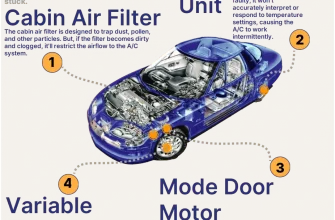
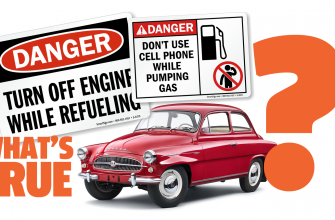
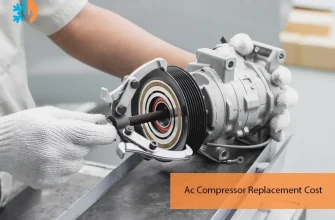


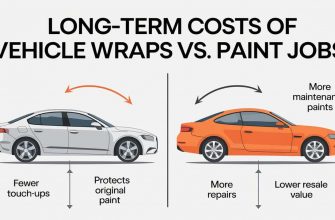
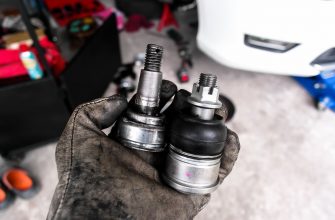

What an informative piece! The tips on visual inspections were very useful. I feel empowered to take better care of my vehicle after reading this.
This article provides a thorough overview of drum brakes. I appreciate the detailed explanation of how they function and the signs to look out for when they need replacing.
Excellent information on drum brakes! The warning lights section was particularly helpful as I often ignore dashboard signals. This will change my approach to car care.
I appreciated the breakdown of symptoms indicating brake issues. It
Great guide! The emphasis on safety and performance is crucial. I learned a lot about the importance of maintaining drum brakes.
This comprehensive guide is a lifesaver for car owners! Knowing when to replace my drum brakes will definitely help keep my vehicle safe on the road.
I never realized how important it was to pay attention to drum brakes. This article made me more aware of the signs that indicate when they need replacement.
Fantastic read! The visuals included in the article helped clarify complex concepts. I feel more confident checking my own drum brakes now.